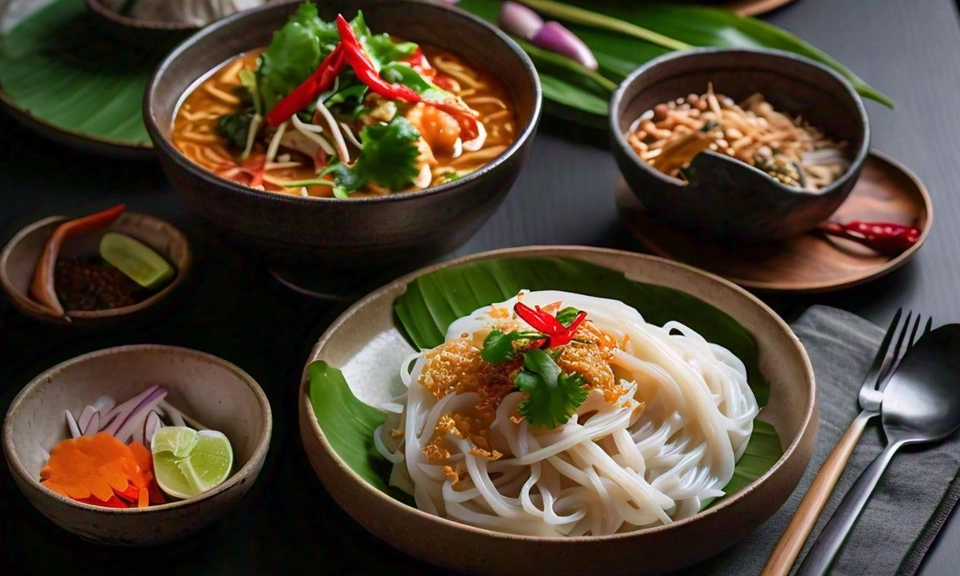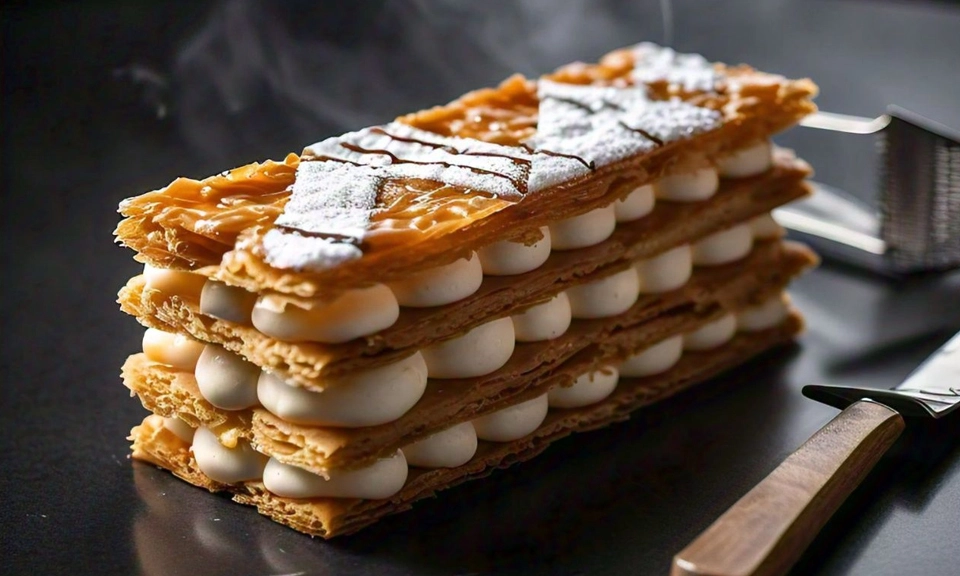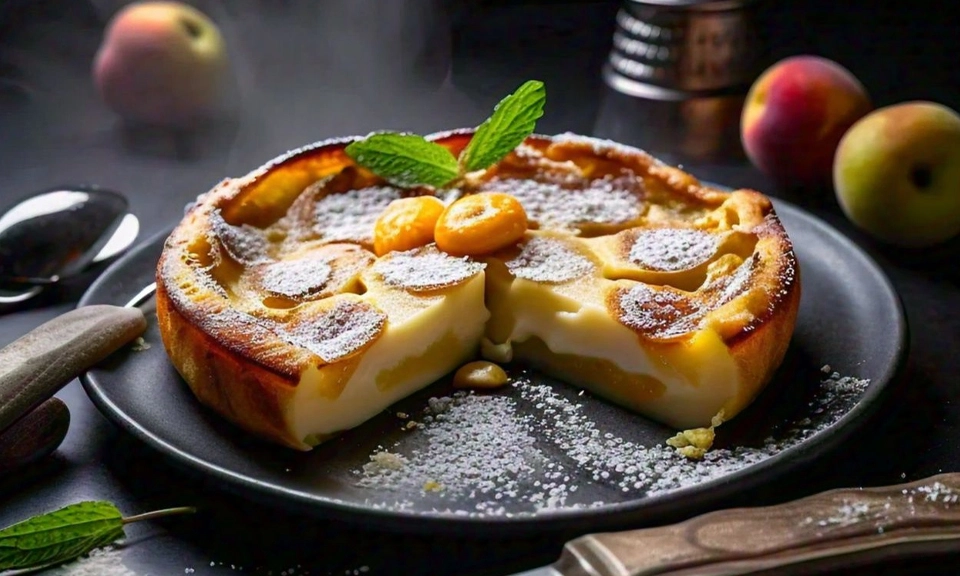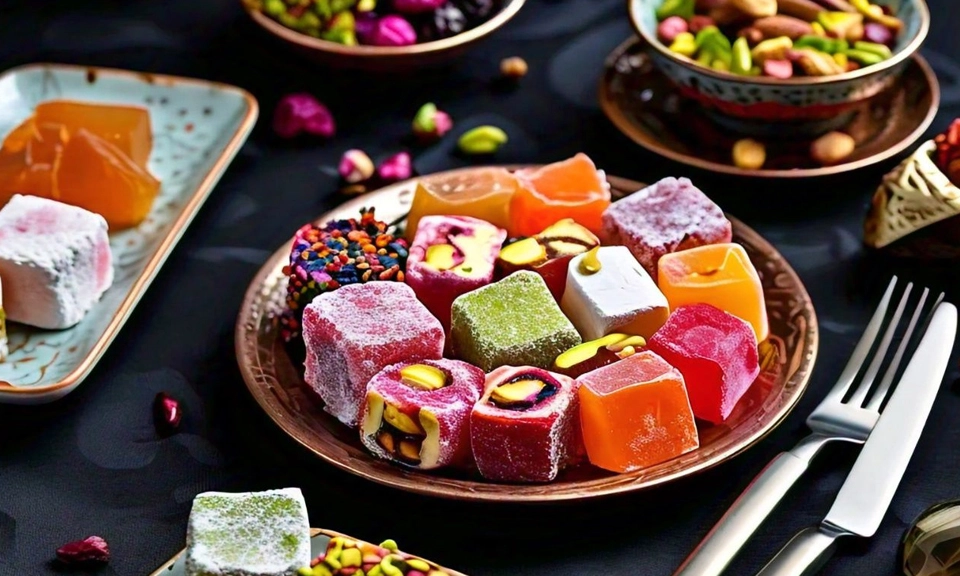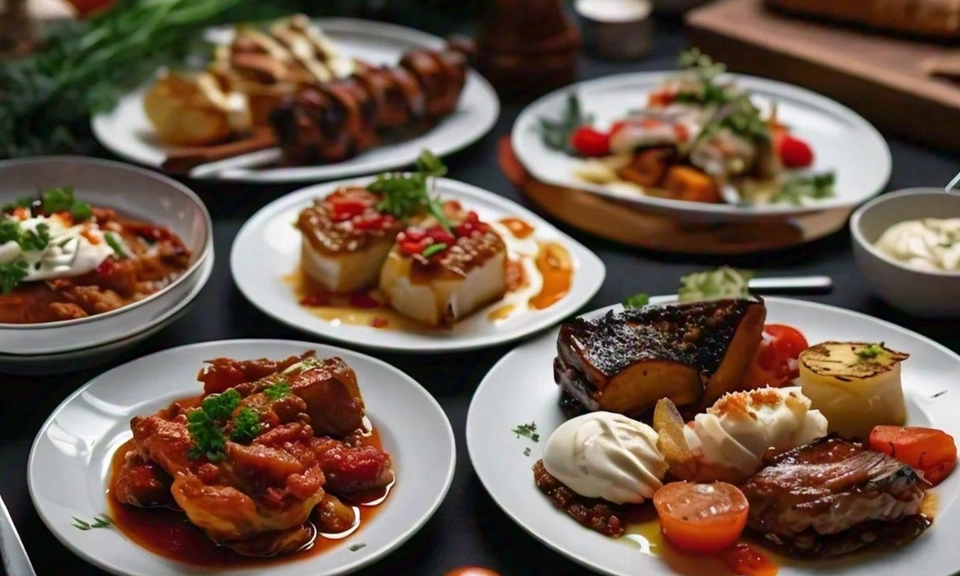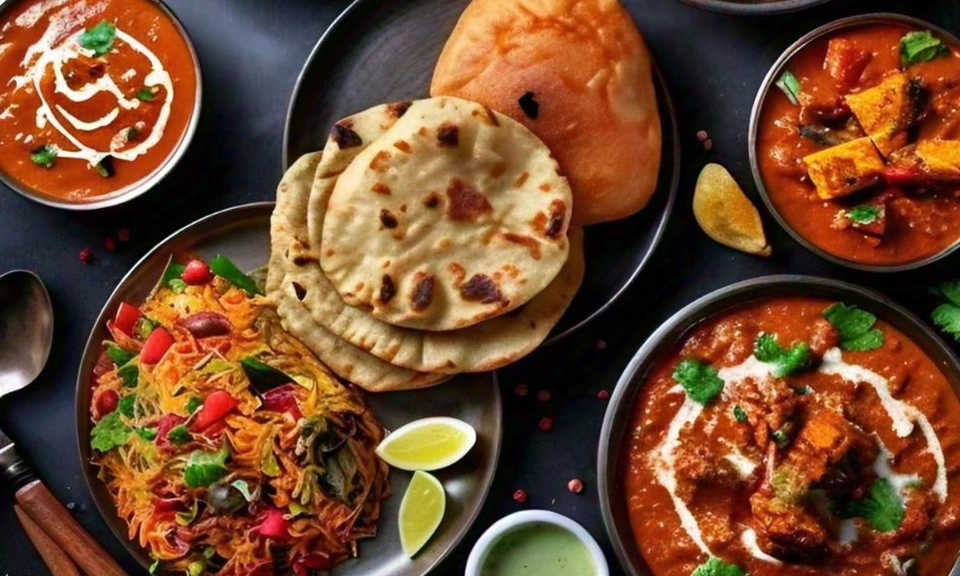A Step-by-Step Guide
Introduction
Clafoutis Traditional is not just a dessert; it’s a delightful experience that captures the essence of French culinary tradition. Originating from the Limousin region, this dish is characterized by its rich custard-like filling and fresh fruit, most commonly black cherries. The name “clafoutis” comes from the Occitan word “clafotís,” meaning “to fill.” Traditionally, the cherries are left whole, giving the dessert a rustic charm.
This Clafoutis Traditional recipe is simple yet elegant, making it perfect for gatherings or a cozy family dinner. The combination of fresh fruit and a light, airy batter creates a dish that is both comforting and sophisticated. In this recipe, we will dive deep into the preparation, cooking techniques, and tips to ensure your Clafoutis is a showstopper.
Whether you are a seasoned baker or a novice in the kitchen, this guide will provide all the information you need. You’ll learn about the history of clafoutis, variations you can try, and the best ways to serve and store it. So, roll up your sleeves and get ready to create a stunning Clafoutis Traditional that will impress your family and friends.
Ingredients
For the perfect Clafoutis Traditional, using fresh ingredients is key. Here’s what you’ll need:
- Fresh Black Cherries (2 cups): The star ingredient! Opt for ripe, juicy cherries for the best flavor. You can also use other fruits like plums or apricots for a twist.
- Large Eggs (4): Eggs provide structure and richness to the custard.
- Whole Milk (1 cup): Adds creaminess to the batter. You can substitute with almond or oat milk for a dairy-free version.
- Granulated Sugar (1 cup): Sweetens the batter and balances the tartness of the cherries.
- Vanilla Extract (1 teaspoon): Enhances the flavor profile. Consider using vanilla bean paste for a more intense flavor.
- All-Purpose Flour (1 cup): Provides the structure of the dish.
- Salt (1/4 teaspoon): Balances the sweetness.
- Unsalted Butter (2 tablespoons, melted): For greasing the pan and adding richness to the batter.
- Powdered Sugar (for serving): Optional, for a touch of sweetness when serving.
Instructions
Step 1: Prepare the Cherries
Start by washing your cherries thoroughly under cold water. Remove the stems and pit them using a cherry pitter or knife. Pitting is crucial for a smooth texture in your Clafoutis Traditional. If you prefer, you can leave the cherries whole, as traditional recipes do, but be aware that biting into a pit can be an unpleasant surprise for your guests.
Once pitted, place the cherries in a bowl and sprinkle a tablespoon of sugar over them. This step allows the cherries to release their juices, enhancing the overall flavor of your Clafoutis Traditional. Let them sit for about 15 minutes while you prepare the batter.
Step 2: Preheat the Oven
Preheat your oven to 350°F (175°C). This temperature is ideal for baking the custard while allowing the cherries to cook gently. A hot oven ensures that the batter rises well and forms a beautiful golden crust.
Step 3: Mix the Batter
In a large mixing bowl, whisk together the eggs and granulated sugar until the mixture is pale and frothy. This aeration will help create a light texture in your Clafoutis Traditional. Gradually incorporate the whole milk, mixing until combined.
Next, sift in the all-purpose flour and salt, whisking until the batter is smooth and free of lumps. The consistency should resemble that of pancake batter. If desired, you can use a blender to mix the batter quickly, which can help incorporate air for a fluffier texture.
Finally, add the melted butter and vanilla extract, stirring until fully combined. Let the batter rest for about 10-15 minutes; this helps to hydrate the flour, resulting in a tender Clafoutis Traditional.
Step 4: Assemble the Clafoutis Traditional
Grease a baking dish (9-inch round or similar size) with some melted butter to prevent sticking. You can also dust it lightly with flour or sugar for an added touch of flavor.
Arrange the pitted cherries evenly across the bottom of the dish, creating a beautiful layer. Pour the prepared batter over the cherries, ensuring they are well submerged. The cherries will float slightly, but that’s perfectly normal.
Step 5: Bake
Place the baking dish in your preheated oven and bake for 40-45 minutes. As it bakes, you will notice the edges puffing up and the top turning a lovely golden brown. The center should remain slightly jiggly but set. To check for doneness, insert a toothpick into the center; it should come out clean or with a few moist crumbs.
Step 6: Serve
Once your Clafoutis Traditional is baked to perfection, remove it from the oven and let it cool for about 10 minutes. Dust with powdered sugar just before serving for an elegant finish. This dessert is best enjoyed warm, but it can also be served at room temperature.
Consider pairing your Clafoutis with a scoop of vanilla ice cream or a dollop of whipped cream. The contrast of warm dessert and cold cream is heavenly!
Tips for the Perfect Clafoutis Traditional
- Fresh vs. Frozen: While fresh cherries are ideal, frozen cherries can be used in a pinch. Just make sure to thaw and drain them beforehand to avoid excess moisture in the batter.
- Experiment with Flavors: Feel free to play around with flavors! Almond extract can be a wonderful addition, and you can even try adding a splash of brandy or rum for a more decadent dessert.
- Storage: Store leftover Clafoutis in an airtight container in the refrigerator for up to 3 days. Reheat in the oven for best results.
- Presentation: For an impressive presentation, serve in individual ramekins instead of one large dish. This adds a personal touch to your Clafoutis Traditional.
Variations of Clafoutis Traditional
While the classic version features black cherries, the beauty of Clafoutis is its versatility. Here are some variations to consider:
- Peach Clafoutis: Substitute black cherries with fresh, sliced peaches. The sweetness of peaches pairs beautifully with the custard.
- Mixed Berry Clafoutis: Combine raspberries, blueberries, and strawberries for a colorful and fruity dessert.
- Chocolate Clafoutis: Add cocoa powder to the batter for a chocolate twist. Serve with a raspberry sauce for a delightful contrast.


Latest Recipes
Tags
A quick overview of the topics covered in this article.

